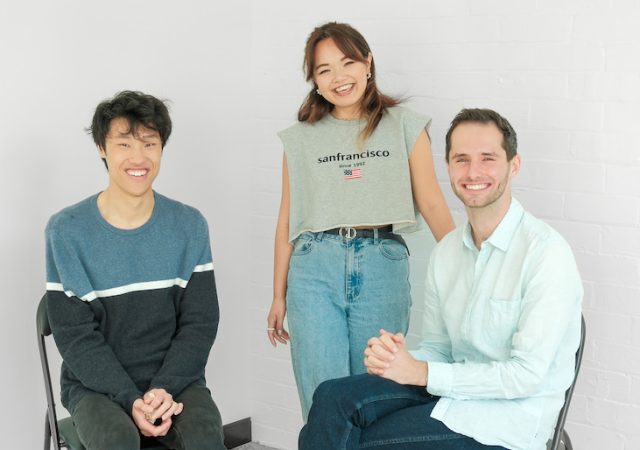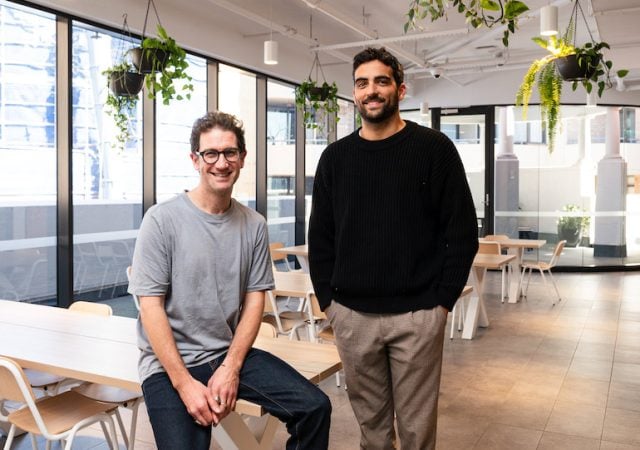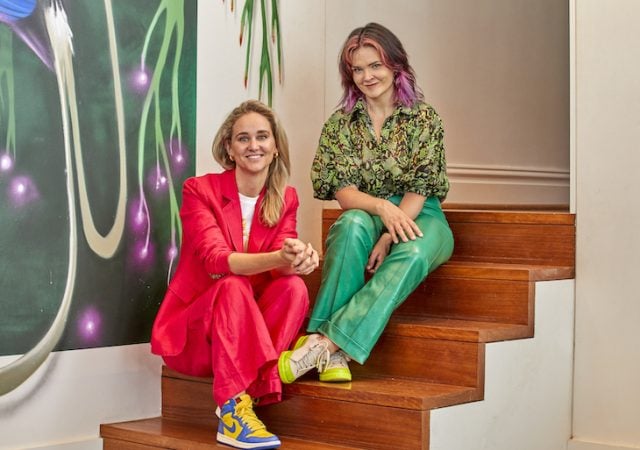It’s never been easier to start a side hustle and pursue entrepreneurship, every second Instagram influencer seems to be telling us. Of course, the truth is that nothing happens overnight, as Dr Kate Adams knows well.
Having trained and practiced as a vet, Dr Adams has a stake in the Bondi Vet clinic and has also held executive-level positions within the Federal Attorney General’s department, so when the idea for Thankly, an online platform allowing users to personalise a thank you note that will be handwritten and sent on to the recipient, came to her while waiting an hour in line to buy a stamp, she decided to give it a go.
The startup turned over more than $70,000 in its first 12 months and is now growing around 25 to 30 percent month on month, however Adams admitted, “building Thankly was definitely harder than I thought it would be”.
“Gone are the days where you can build a website and they will come. And when you’re bootstrapping on limited marketing dollars you really have to be good at creative tactics for growth marketing,” she said.
“Getting traction and getting people to know and trust your brand is a hard slog.”
Having sought inspiration and tips from other business owners compiled on the Optus Yes Business hub, Dr Adams believes Thankly’s growth can be attributed to four key things.
First is a strong user experience and customer journey: “You really need to be conscious of the psychology of buying when you build a website and design a really easy to navigate, clear and with a simple journey,” she said.
Customer service has also been key, particularly given Thankly is all about recognising the power of words.
“I have always been great at customer service and wanted to make sure Thankly embodied this. I can’t stand online businesses that don’t get back to people, don’t provide refunds and don’t look after their customers. Looking after relationships is what Thankly is all about so we work hard to make sure every customer has a repeatable amazing experience when using the service,” Dr Adams explained.
“The first year we really looked after our brand advocates. We identified those people who used Thankly, loved it and would be willing to go out and tell their friends about it. Identifying and asking your first brand advocates for help is really important in getting other people on board. These days, we rely so heavily on word of mouth rather than say paid adwords or paid social media posts.”
The realisation that paid social media advertising wasn’t the way to go came early on, Dr Adams said.
“For businesses with a small budget and with the landscape being so cluttered with noise, people are paying less and less attention to static Instagram or Facebook posts. We needed to create value and build a community of people that held the same values as Thankly,” she explained.
This came through Adams creating Thankly TV, a series of “inexpensive” videos often shot on her iPhone that featured the likes of life coaches and entrepreneurs sharing their stories and inspiration.
“It was…an effective way to improve our brand recognition and trust,” Adams said.
All of this, however, Adams said, leads into the core focus of the business: delivering “a really great product”.
Every card is handwritten, every gift wrapped, and “we do exactly as a we say we will”, Adams said.
“We send out feedback forms after purchase and we listen to customers. We tell them we are a startup and we need their help. You’d be surprised at how many amazing people have given us helpful feedback to make Thankly even better,” she said.
“The first 12 months is really about looking at what people are doing and what they are telling you, and acting on that feedback. We still send gifts out to our VIP customers, who are always excited to receive a random unexpected package at work. We even sent our delivery guy a Thankly – and pretty sure, just from that small gesture we get first class service.”
Thankly is often asked whether it’s B2B- or B2C-focused, Dr Adams said, but she feels it’s neither; rather, she sees it as P2P, or person to person.
“I really learnt this from places like Japan. Business is personal, and it really is person to person. So while we still see more women than men order, most of them are from a business. A lot of the business people that use us, have the same values as us – they are innovative, great at customer experience, personalisation and building relationships and want something personal, unique and different – a gesture of appreciation,” she explained.
With this in mind, the bulk of Thankly’s customers work at tech companies like Google, Twitter, and LinkedIn, rather than big corporates, Dr Adams said.
“The employees at these companies often rely on relationships and they think more like entrepreneurs, as opposed to just having a job. Their networks are important to them.”
The growth of Thankly’s customer base came in hand with the evolution of the company’s brand, which Dr Adams said started out rather feminine, with a sense of youth and playfulness in its branding and tone of voice.
“Our target market didn’t quite fit our branding, and we’ve matured and grown since then to be more gender neutral and more luxe than we used to be,” she said.
“We also are strategic in our choice of brand and product on the site. Thankly is about helping people to succeed, build relationships, connect with other people and be the best they possibly can be. So we are pretty definite on not sending, say, donuts. All our products are a bit special and hard to find – they might be organic, ethically made, have no sugar, or be handcrafted – something that makes them unique and special.”
The startup still receives feedback from people wanting more choice in gifts, however Dr Adams is adamant in keeping just 30 on the platform at any given time to avoid overwhelming customers; to keep options fresh, the selection of 30 is rotated every so often.
As it looks to grow further, the startup is looking to implement a system through which someone looking to send a card or gift won’t need to input the address of the recipient, with Thankly to contact the recipient itself via email and ask where the most convenient place to send their Thankly is.
Dr Adams said, “My personal aim is that every time someone lands a deal or leave a meeting they think to themselves, we should send them a Thankly. I’d like it to become a household Australian brand.”
Image: Dr Kate Adams. Source: Supplied.




















Trending
Daily startup news and insights, delivered to your inbox.